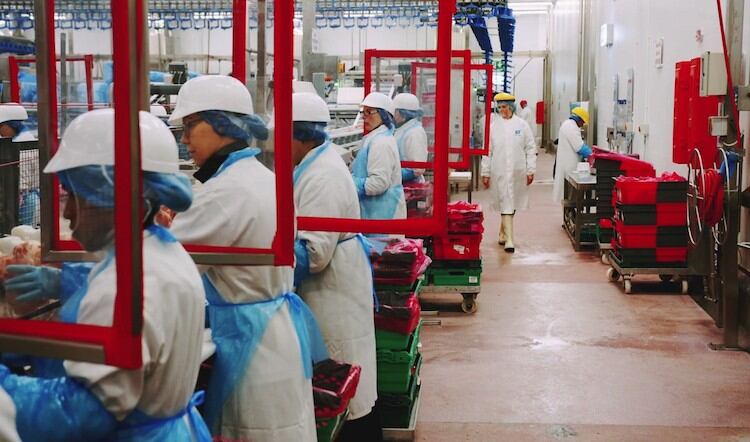It was basic with little practical advice around this complex area of operational planning. At the outset of the crisis many in the industry rushed in measures that were only intended as a ‘quick fix’. As understanding of the situation has increased these solutions are now unsustainable.
A considered approach incorporating multiple evolving variables will be required to ensure employee wellbeing is protected whilst maintaining capacity and productivity.
Creative and agile
Manufacturers need to be creative and agile with shift working, as the uncertainty around restrictions and volatility in both demand and the supply of labour will persist.
The most effective approaches will be underpinned by labour demand and supply calculations that have been modelled against a variety of potential scenarios.
This is crucial to designing shift patterns that factor in social distancing, hygiene protocols and workforce resilience requirements without seriously impairing productivity or creating additional costs.
For manufacturers running 24/7 operations, traditional four-on-four-off systems that require multiple handovers can be replaced by patterns that deliver more controlled handover pairings between teams.
Shift start-times
Re-grouping staff and considering shift start times would reduce congestion on arrival and departure as well as provide natural phasing for breaks.
Where social distancing measures restrict capacity and throughput, alternative shift working models based on 5.5 to 7-day working can be considered, along with 11/12-day fortnights and rostered holidays.
Ultimately the new demand profiles created by some additional hygiene measures may necessitate a move to such models sooner rather than later.
Contingency shift patterns
Manufacturers should consider creating a wide range of core and contingency shift patterns to ensure operations remain optimised and responsive to change.
Naturally existing employment contracts will frame the scope of options, but it remains vital to ensure employees are fully engaged around any changes to working time.
It is also important to closely manage any new shift patterns to ensure they remain compliant and aligned to the dynamic nature of supply and demand.
Robert Crossman is a director of shift work consultancy and workforce management software provider Working Time Solutions.




